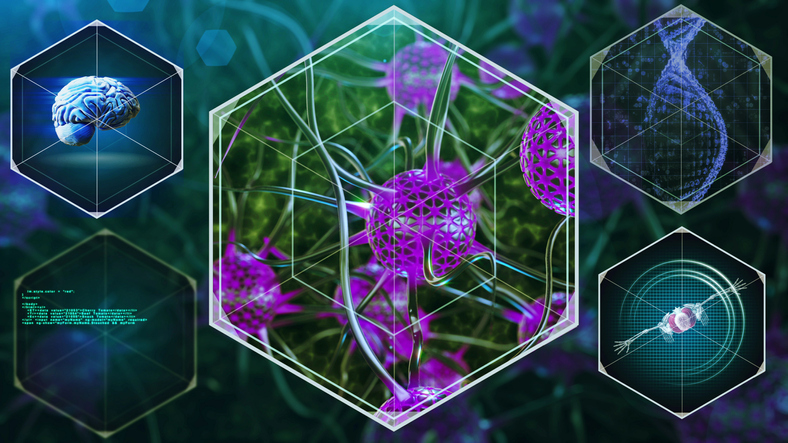If there’s one thing in life we can’t control, it’s getting old. But through the use of stem cells, scientists are working on a way that could help ease some of the issues associated with aging.
Stem cells can manifest into various cell types and are a vital part of the body’s repair mechanism. The problem is that they lose their regenerative potency as we age, enabling mutations to accumulate. These mutations are often what lead to disease.
“We do think that stem cells are a key player in at least some of the manifestations of age,” says David Scadden, a professor in the Department of Stem Cell and Regenerative Biology at Harvard University and co-founder and co-director of the Harvard Stem Cell Institute.
According to fellow Harvard stem cell and regenerative biology professor Lee Rubin, director of the Harvard Stem Cell Institute’s Therapeutic Screening Center, there are certain tissues that take the lead when it comes to aging. “The process of aging involves all tissues in your body and, while different things go wrong in each tissue, they go wrong at basically the same rate,” says Rubin. “We can think of it as a process that is somehow coordinated, or there are fundamental processes in each tissue that play out.”
Other factors that play a part in controlling aging are certain chemical pathways, such as insulin signaling. This chemical reaction sees insulin helping the body metabolize glucose. In flies and worms it’s been known to greatly extend their lifespan. The signaling doesn’t have to be reduced in all tissues either. “If you just reduce it in neurons, the whole fly or worm lives longer,” Rubin says.
One previous study published in 2013 used a younger mouse’s blood to rejuvenate the organs of a much older one. It worked, and the mouse showed improvements in both heart function and muscle tone. In similar experiments Rubin carried out, the mice also had improved brain functioning and neural health. Results from the studies suggest that blood contains both positive and negative factors that influence aging, Rubin says.
As well as looking into the overall aging process, the Harvard researchers are investigating various diseases that are associated and increase with age, such as diabetes, heart disease, cancer and stroke. It’s still early in terms of stem cell research, and we’re still a way off from growing live organs and tissues, but progress is being made in other similar areas nonetheless.
“Much of stem cell medicine is ultimately going to be ‘medicine’,” Scadden says. “Even here, we thought stem cells would provide mostly replacement parts. I think that’s clearly changed very dramatically. Now we think of them as contributing to our ability to make disease models for drug discovery.”
Scientists are also learning more about stem cell biology, too. Recent studies involving blood stem cells have confirmed they’re much more diverse than we once thought.
Scadden’s lab is currently using fluorescent tags to follow stem cells in different lab animals to see which ones do what. “We’re just at the beginning of this,” says Scadden. “I think that our sense of stem cells as this highly adaptable cell type may or may not be true. What we observe when we look at a population may not be the case with individuals.”







